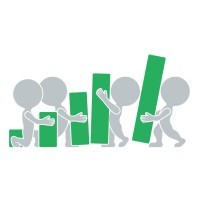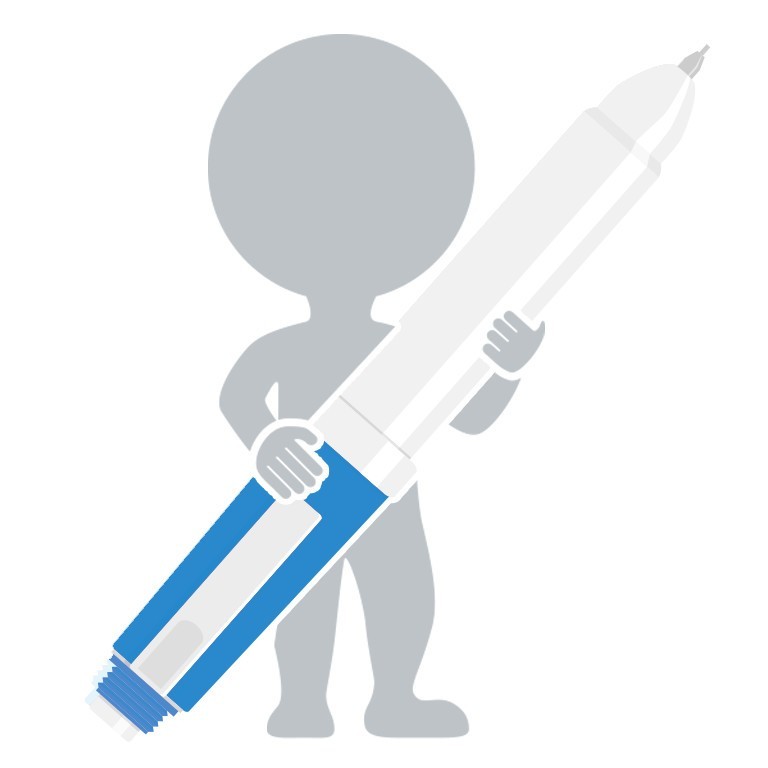There’s a fascinating article at The Economist titled How to make a hit Broadway show (h/t Thomas Cott) that invites readers to see if they can use an interactive tool to create a Broadway show that generates more revenue than Hamilton. It provides control over the type, origin, and genre of the show along with input variables for cast size, seating and the marquee value of lead actors, writers, and composers. For good measure, you can even factor in reviews and awards.
 The tool sources data from The Broadway League; Internet Broadway Database; DidHeLikeIt.com; The Ulmer Scale; Jeffrey Simonoff, New York University; The Economist and although it is far from a reliable forecasting tool, I wouldn’t be the least bit surprised to see something similar work its way into the orchestra field for both traditional and pops programming.
The tool sources data from The Broadway League; Internet Broadway Database; DidHeLikeIt.com; The Ulmer Scale; Jeffrey Simonoff, New York University; The Economist and although it is far from a reliable forecasting tool, I wouldn’t be the least bit surprised to see something similar work its way into the orchestra field for both traditional and pops programming.
Perhaps unsurprisingly, The Economist’s offering doesn’t include the other side of that coin via an expense forecaster but that’s certainly an undeniable part of the larger equation. After all, it isn’t any surprise to see their model predict a show with a cast of 90 generates more revenue than a show with 10 but that doesn’t mean the revenue bump a worthwhile return on investment.
The League of American Orchestras maintains enough data to kick start something like this and to be frank, the thought of a sea of artistic administrators basing programming decisions off of a tool like this sent a shudder down my spine.
But there could be some potential value here for those in the business of creating turn-key programming in the form of shows and acts hired by orchestras as hopeful revenue boosters. For the producers of those shows, having some guidelines when revising existing programs or exploring new offerings could be entirely useful.
Having said that, smart producers will know where the line between quantifiable and artistic instinct exists and not tread too far over in either direction.
What do you think, would an orchestra version of How to make a hit Broadway show would have any value beyond a fun curiosity?



I seem to remember a lengthy presentation by kate prescott at an orchestra conference in Berlin, Germany, a couple of years ago, where she explained a consultancy job she had done for a large US orchestra. The artistic director was fond of Strawinsky, the public not – nevertheless he always tried to sneak in something into every concert.
They resolved this buy having the public rate 100 composers and compiled from this a forecasting model that somehow predicted revenue based on composer programming. That seemed to have been convincing – the orchestra apparently scheduled various Strawinsky concerts for those who loved him – and stopped “torturing” the rest of the audience.
Such a tool need not infringe on the artistic freedom of musical directors – but it certainly can help to make more educated guesses and eliminate at least some of that gut feeling …
At least this is how I remember the story … Sounds a little bit like predictive analysis.
It’s interesting in that all of the comments above tend to focus on going into org-centric data, which doesn’t send anywhere near the same chill up my spine as the field-wide aggregate data approach used in that example at The Economist.
In those cases, I would go so far as to say it’s really more of a dynamic reporting tool than anything else; but wouldn’t it be fantastic if every group had the capacity to pull that much data automatically and as quickly as The Economist tool! #DreamBig
Probably about ten years ago, at my former symphony gig, I tried to do exactly this (at least for single-ticket revenue). Took ten years of ticket sales, and regressed them against things like composer, conductor, soloist, soloist’s instrument, time of year, whether or not there was a warhorse piece on the program, etc. I did start to get somewhere, when I was pulled to another project. I believe you can be predictive.
I also tried to determine the revenue generating potential of each seat in the house, to see if our seat-pricing pattern actually reflected demand for each seat (e.g. what/how much of a premium should we set on aisle seats?)
Good times.
For the latter we have developed heat maps in our ticketing system to reflect just that. We project various KPIs onto the seats and use colours to make patterns easier to spot. Some of our clients have used this information for some radical price changes…
I believe I know of at least one orchestra that’s doing this to some extent. To the best of my knowledge, it hasn’t been extremely reliable thus far, but the hope is that as more data is gathered, it will become more accurate.
I have some concerns about trying to predict attendance based on programming. First, the number of variables at play (what else is on the program? Who is conducting? Who is the soloist? What time of year? How aggressively/creatively was the program marketed? What competing events were happening that weekend? etc.) that obtaining a large enough sample to make accurate predictions would take so long that audience tastes may have already changed.
Second, there’s the issue of how to make use of the data: Rachmaninoff’s piano concertos may sell well, but can a marketing exec assume that Rachmaninoff symphonies should expect similar results? If programs including Mozart do well, will a series of Mozart-only performances do even better, or will the lack of variety be a turn-off?
I feel that an orchestra marketing department’s job should be to find ways to sell a great arts organization, not dumb down the product so it’s easier to sell. I worry that these types of projects take the industry in the wrong direction.